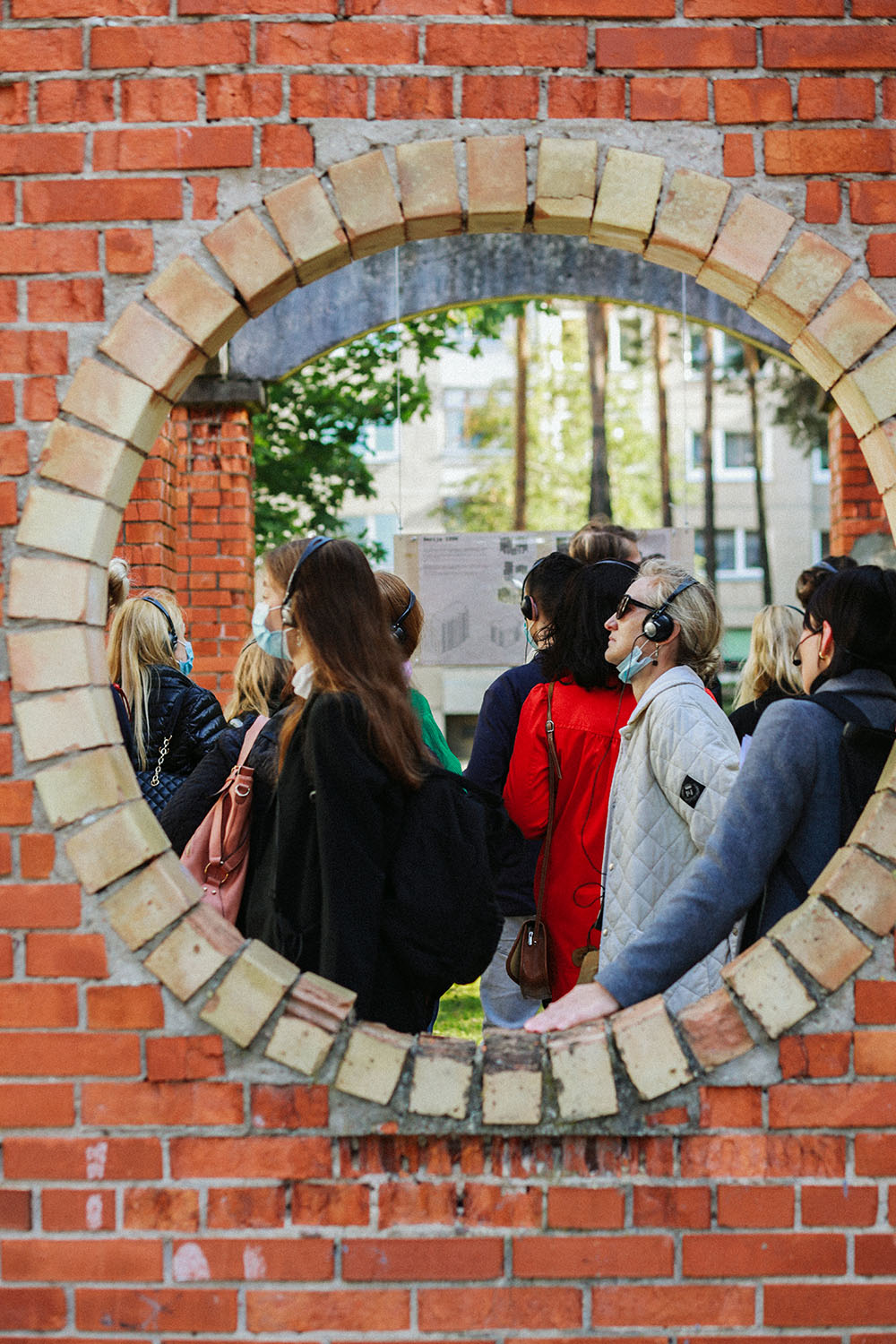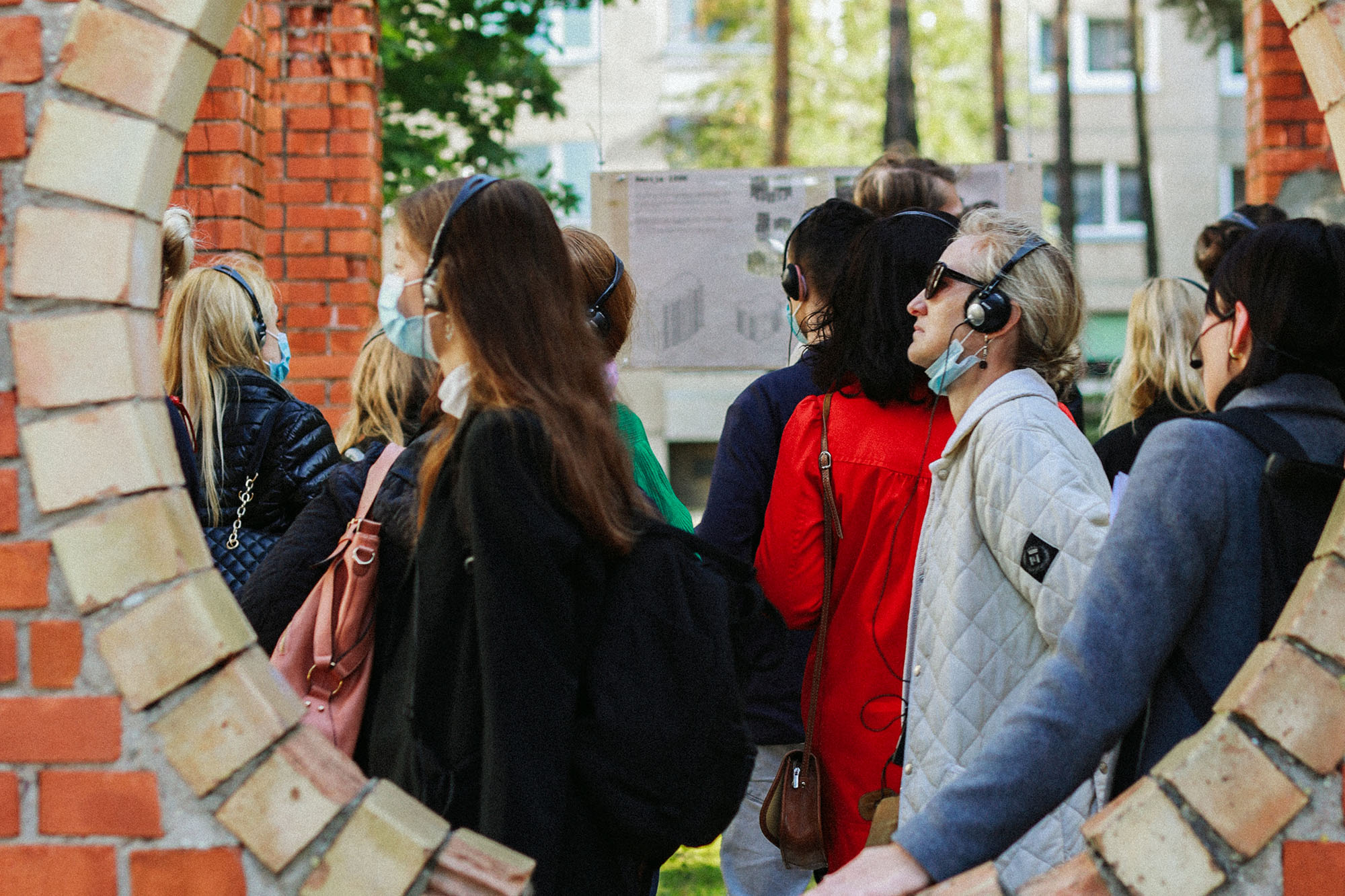Visaginas is the youngest city in Lithuania, founded in 1975. It is a peculiar place in terms of history, urbanism, its multiethnic community, economy, and cultural life. It is known as a post-nuclear town: a former mono-industrial satellite settlement for the Ignalina Nuclear Power Plant. After the global success of the TV-series Chernobyl from HBO, Visaginas became a tourist attraction, opening up for the outside world. Yet, it still faces a crisis of identity. The core format of the project are the stories collected, formulated, and communicated throughout the project. They relate to various cultural contexts and use different artistic expressions and aesthetics, placed in the context of underused public spaces in the city.
With the ongoing closure of the power plant representing a slow and steady decline, a sense of abandonment could easily dominate the city. The overall aim of the project is to foster a sense of community and intergenerational relationships.
Visaginas is a very compact and walkable city (9 square km) with many green and public spaces, all of which are underused. A secondary aim is to transform public places into cultural spaces via open-air galleries, community activities, and artistic interventions.

* Developed in the framework of the Interreg Baltic Sea Region project UrbCultural Planning part-funded by the European Union (urbcultural.eu).
